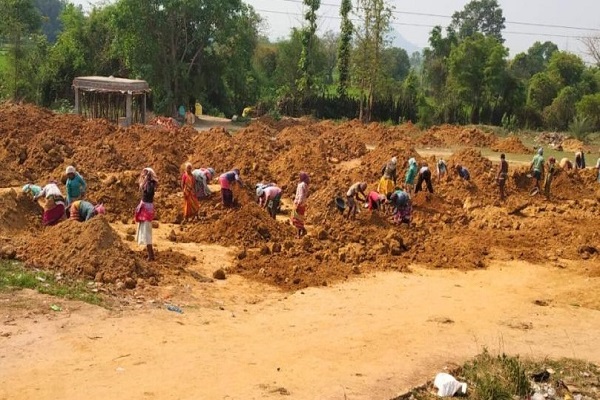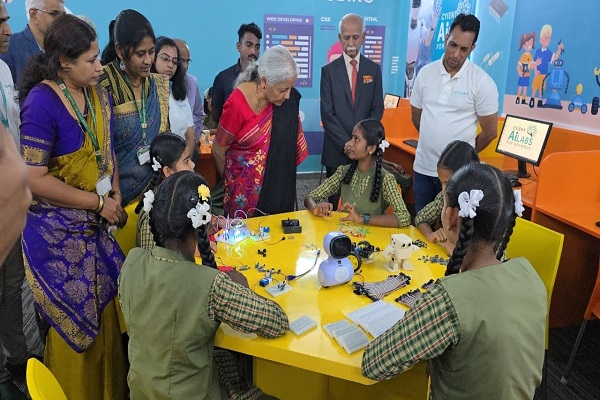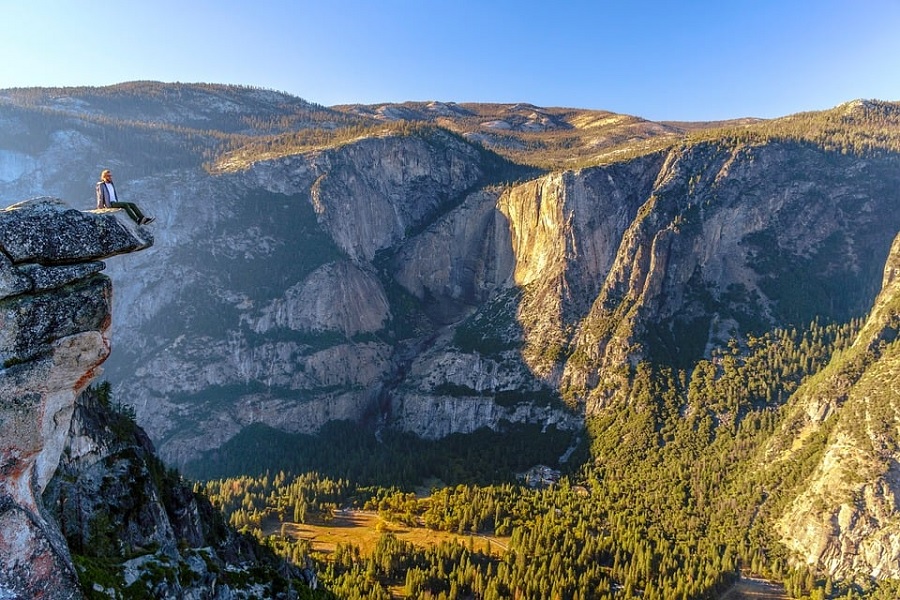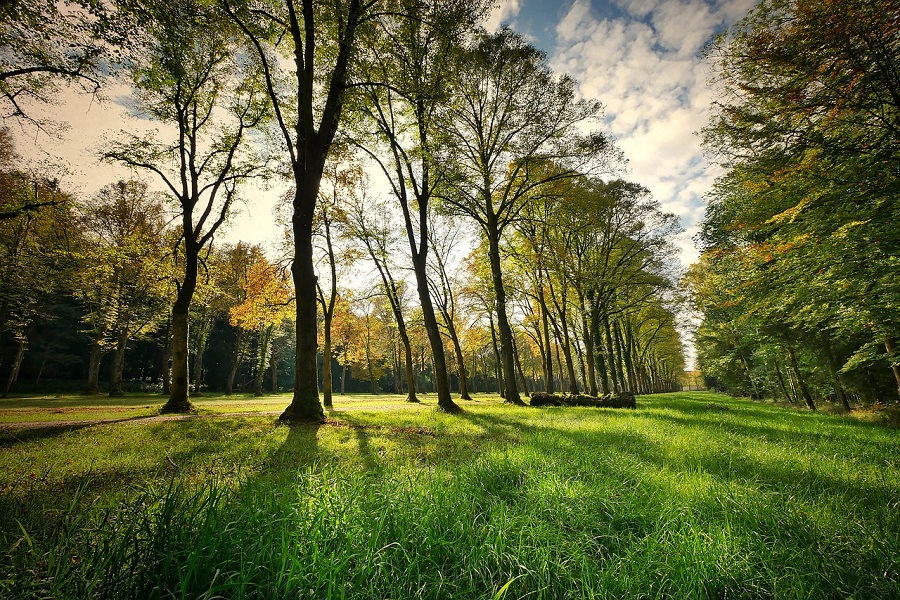The Rise of Regenerative Travel: Going Beyond Sustainability

In recent years, the concept of sustainable tourism has become a familiar part of travel conversations. We’ve learned to carry reusable bottles, say no to plastic straws, and choose eco-friendly hotels. But as the climate crisis deepens and biodiversity loss accelerates, the travel industry is realizing that doing less harm is no longer enough. This is where regenerative travel comes in — a philosophy that aims not only to minimize environmental impact but to actively restore, revitalize, and replenish the places we visit.
What Is Regenerative Travel?
Regenerative travel goes a step beyond sustainability. While sustainable tourism focuses on reducing harm, regenerative tourism seeks to leave a place better than before. It’s about restoring degraded environments, supporting local communities, and creating systems that heal rather than deplete. For example, a regenerative lodge might plant native trees to restore a forest, fund coral reef rehabilitation, or provide training for local youth to become guides and conservation advocates.
Why It Matters Now
The tourism industry touches nearly every part of the world — from remote Himalayan villages to fragile coral atolls. Without careful management, these destinations face over-tourism, habitat loss, and cultural erosion. Regenerative travel addresses this by actively repairing the harm caused by past activities while creating positive ecological and social outcomes. It’s no longer about just preserving what’s left; it’s about rebuilding what’s been lost.
Examples in Action
Farming with Tourists in Kerala – Some farm stays now invite guests to help plant crops, learn organic farming methods, and participate in soil restoration efforts.
Coral Restoration in the Andamans – Dive operators partner with marine biologists, allowing travelers to plant coral fragments and directly contribute to reef health.
Community Tourism in Ladakh – Homestay programs reinvest a portion of guest fees into renewable energy, school improvements, and traditional craft revival.
How Travelers Can Be Regenerative
Being a regenerative traveler means choosing experiences that give back more than they take. This can include:
Staying at accommodations that engage in habitat restoration.
Choosing tours run by local communities rather than large corporations.
Participating in conservation activities such as tree planting or beach cleanups.
Learning about and respecting cultural traditions to help preserve intangible heritage.
The Bigger Picture
Regenerative tourism is not just a niche trend — it’s a mindset shift. It challenges both travelers and the tourism industry to stop seeing nature and culture as resources to consume and instead view them as living systems we must nurture. If widely adopted, this approach could transform tourism into a force for planetary healing.
As more travelers seek meaning in their journeys, regenerative travel offers a path that’s not just about the places we visit but the legacy we leave behind. It’s about understanding that the footprints we leave in the sand can be ones of renewal, not erosion.






















